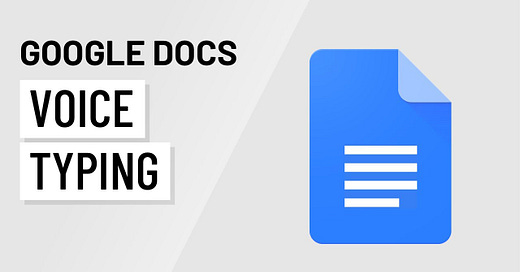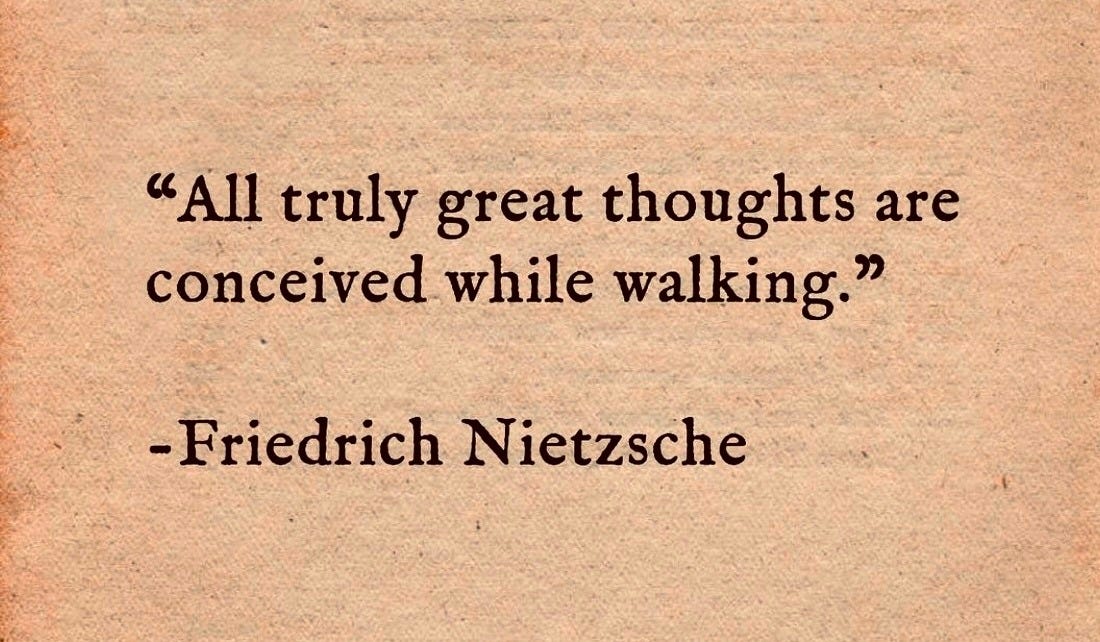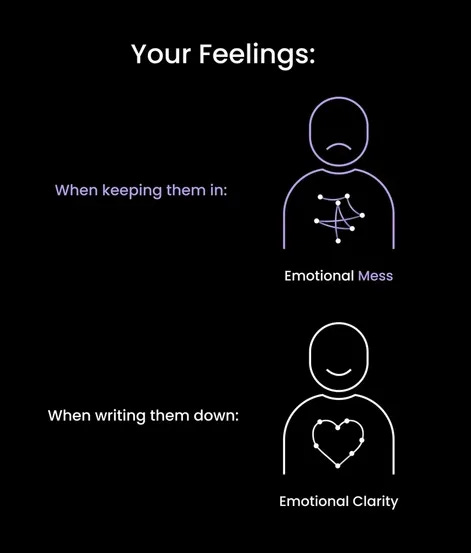How I Use Voice Typing for Clarity & Mental Wellness
“I write entirely to find out what I’m thinking, what I’m looking at, what I see and what it means.”
— Joan Didion
A colleague recently told me about her friend—he’s anxious all the time. Work stress. Insomnia. Mind racing. Even when he’s with family, he can’t relax.
She suggested journaling. He tried. But he got more frustrated—his thoughts were moving too fast to pin down with a pen. His mind wouldn’t slow down enough to write anything.
So I told her: Ask him to try voice typing.
It worked for me. It’s been liberating.
Why It Works
You don’t have to stare at a screen.
You don’t have to face a blank page.
And most importantly, speaking feels more natural than writing for most people.
How I Practice It
When I voice-type, I walk. Sometimes 10, sometimes 20 minutes. I open a Google Doc on my phone called “Journaling” and just start speaking.
To others, I look like I’m on a serious phone call with my wife.
But really? I’m just talking to myself. Pouring thoughts, feelings, and ideas into the air.
Yes, it means I have to get up and go for a walk—but that’s part of the point.
Even if the journaling doesn’t lead to usable content, the act of moving and voicing is therapeutic.
Walking is the bonus.
Voice typing is the release.
This isn’t about content creation. It’s about:
Getting some light cardio
Taking a break from screens
Mentally refreshing while moving
That alone is reason enough to try it.
When the Hands Say No, the Voice Says Go
I’ve been feeling some pain in my wrist and shoulder lately.
Long stretches of typing are tough.
So this feels like a natural shift.
Voice typing lets me:
Stay off screens
Walk and move freely
Pour thoughts out without friction
That’s powerful.
And sometimes, I even end up with some surprisingly good content—which gives me more motivation to keep walking and talking.
Honestly, “Walk and Talk” might be the most accessible, affordable form of therapy I’ve ever tried.
How AI Helps
Sure, the transcription isn’t perfect. Maybe 70–80% accurate.
But that’s fine.
Once in a while, I’ll paste my draft into ChatGPT and ask:
Can you clean this up?
What’s the main insight here?
Are there any patterns or themes?
This two-step process works:
Voice-type while walking
Use AI to clarify and reflect
It saves time. More importantly, it clears mental clutter.
It’s Not About Fancy Tools
Yes, there are apps like AudioPen or AI notetakers.
But I still use Google Docs.
Because I’m not trying to “create content.”
I’m just preserving thoughts.
Thoughts I can later revisit, refine—or simply let be.
The Balance
Voice typing helps me pour thoughts quickly.
It frees me from screens.
It increases my word count.
It makes journaling feel light, not heavy.
But deep thinking? That still happens when I type.
That’s where structure, clarity, and logic show up.
So here’s the core insight I’m holding onto:
Voice typing is for emotional clarity and raw ideas
Typing is for structured thinking and deeper reflection
So, What Comes Next?
For me, voice typing has become a bridge—between chaos and clarity, between movement and mindfulness.
Some while writing.
Some people think better while walking.
Some while talking out loud to no one in particular.
I’ve found that walking and speaking helps me hear myself.
And that feels like the beginning of healing.
So here’s my invitation:
Try speaking your thoughts instead of forcing them onto the page.
Let your walk become your writing desk.
Let your voice become your pen.
You don’t have to publish it. You don’t even have to keep it.
Just start walking. Start talking.
See where it takes you.






